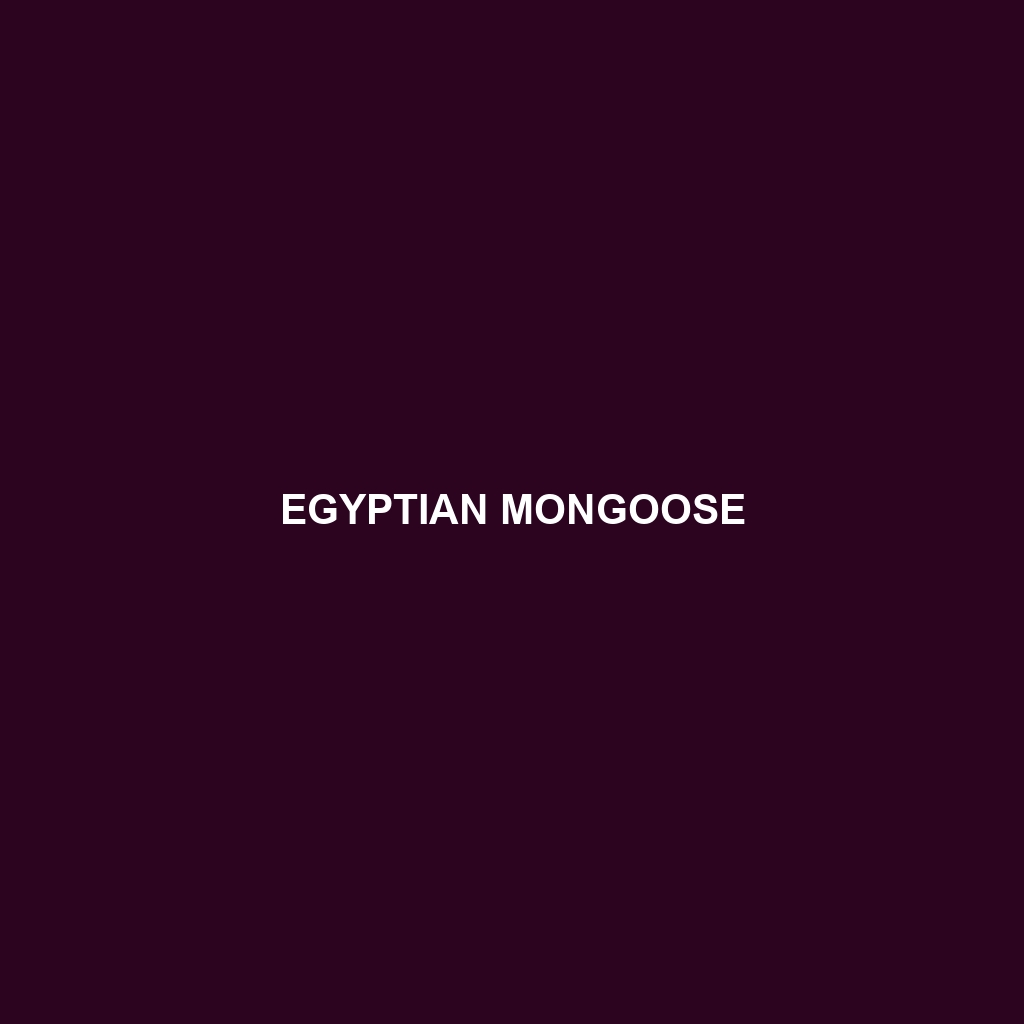Angolan Slender Mongoose
Common Name: Angolan Slender Mongoose
Scientific Name: Galerella flavescens
Habitat
The Angolan Slender Mongoose is primarily found in the southern region of Africa, particularly within Angola and neighboring countries. This species thrives in a variety of environments, including savannas, grasslands, and bushland. The preference for areas with ample cover allows them to hunt and evade predators effectively. Avoiding dense forests, they are often seen in habitats that provide a mix of open ground and shrubbery.
Physical Characteristics
The Angolan Slender Mongoose typically measures between 25 to 30 inches in length, including a long tail that adds an extra 12 to 14 inches. Weighing around 2.2 to 4.4 pounds, this small mammal features a slender body, short legs, and a pointed snout. Its fur is predominantly brown or gray with a lighter underbelly, offering effective camouflage against their natural surroundings. Notable for their sharp, slender limbs and agile movements, they exhibit distinctive markings on the face and body that help them blend into the environment.
Behavior
Angolan Slender Mongooses are known for their social behavior, often living in small groups or family units. They are largely diurnal, becoming active during the daytime to hunt and forage. Their activities include digging, climbing, and running in pursuit of prey. Communication within the group occurs through vocalizations, body language, and scent markings, indicating hierarchy and territory.
Diet
The diet of the Angolan Slender Mongoose consists mainly of small invertebrates such as insects, crustaceans, and worms, along with small mammals and reptiles. They are opportunistic feeders, taking advantage of available food sources in their environment. Their impressive hunting skills and agility allow them to capture fast-moving prey effectively, making them versatile foragers.
Reproduction
Reproduction typically occurs during the rainy season, with breeding peaking when food availability is optimal. After a gestation period of about 60 to 70 days, females give birth to litters usually consisting of 2 to 4 offspring. The young are born blind and require care and protection from their mother for several weeks before starting to explore their surroundings.
Conservation Status
The current conservation status of the Angolan Slender Mongoose is classified as “Least Concern” by the IUCN Red List. However, habitat loss and fragmentation remain ongoing threats. Conservation efforts are essential to monitor their populations and ensure that their natural habitats are preserved.
Interesting Facts
– The Angolan Slender Mongoose is an excellent climber, using trees and shrubs both for hunting and escaping from predators.
– Unlike many other mongoose species, they are known to exhibit cooperative hunting behavior, improving their chances of catching prey.
Role in Ecosystem
In their ecosystems, Angolan Slender Mongooses play a vital role as both predators and prey. By controlling the populations of insects and small mammals, they help maintain a balance in the food web. Their interactions with other species, including competition for food and habitat, underline their importance within the ecological community.
